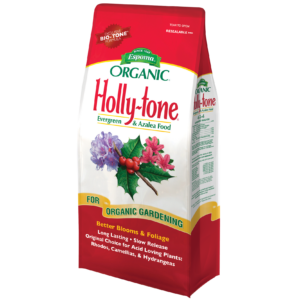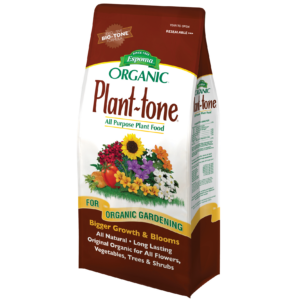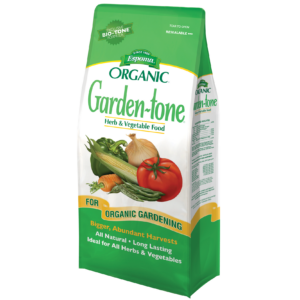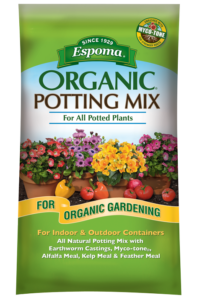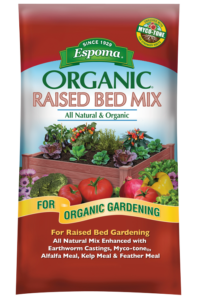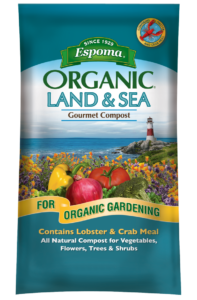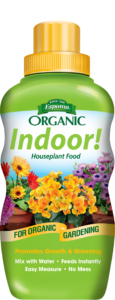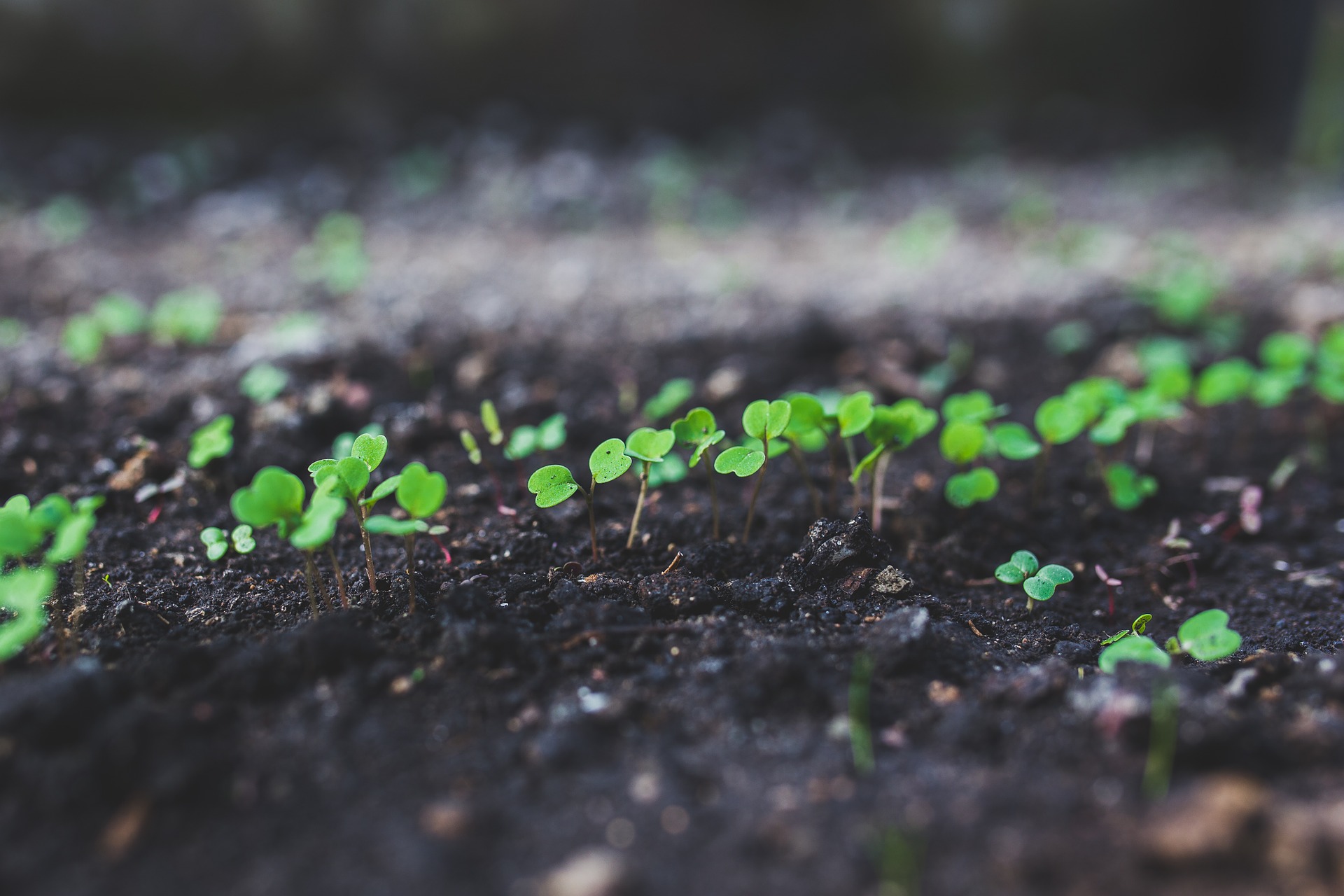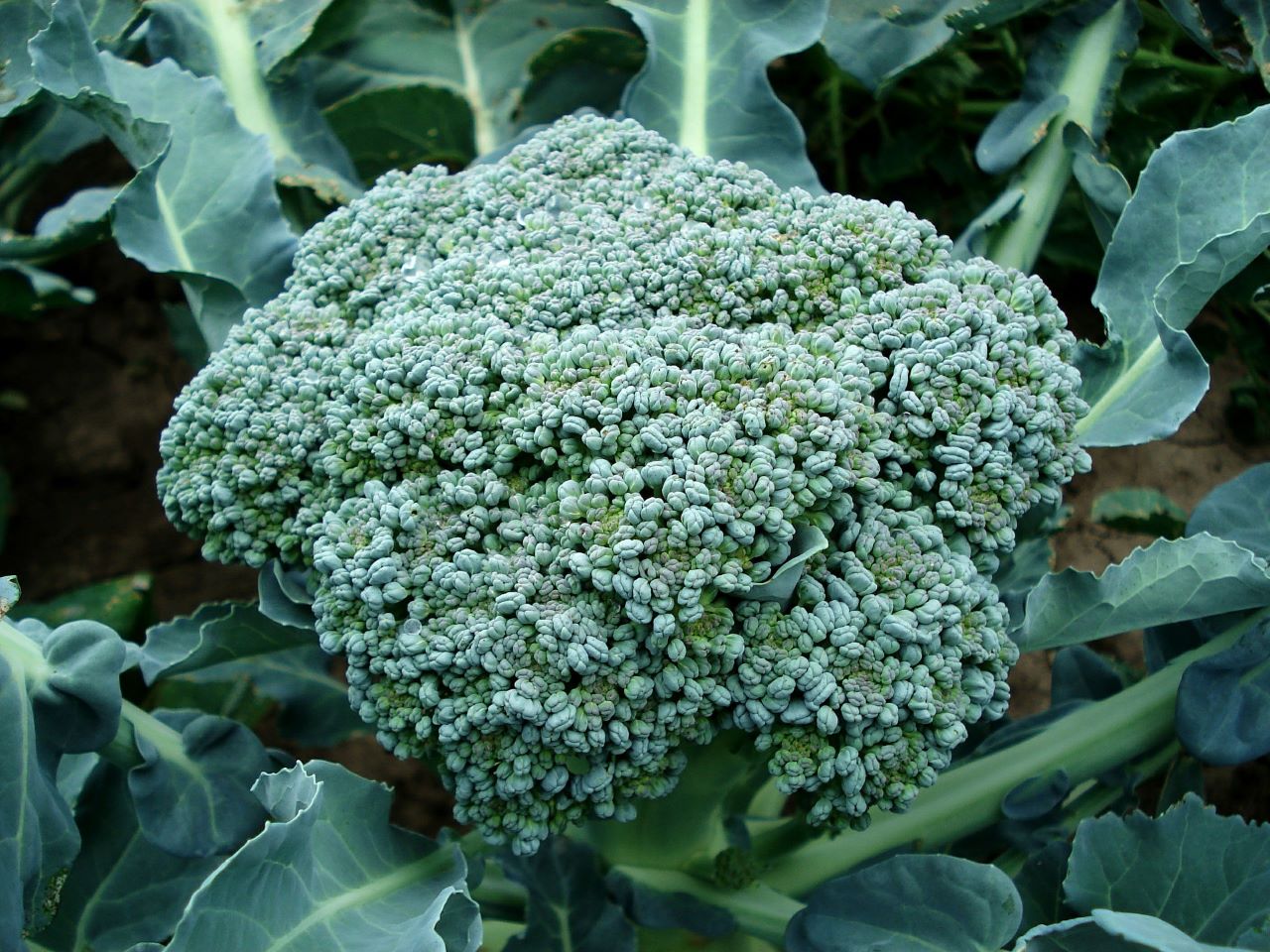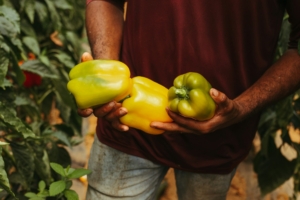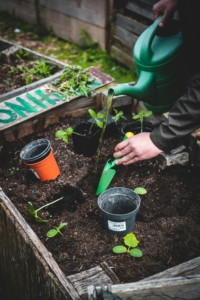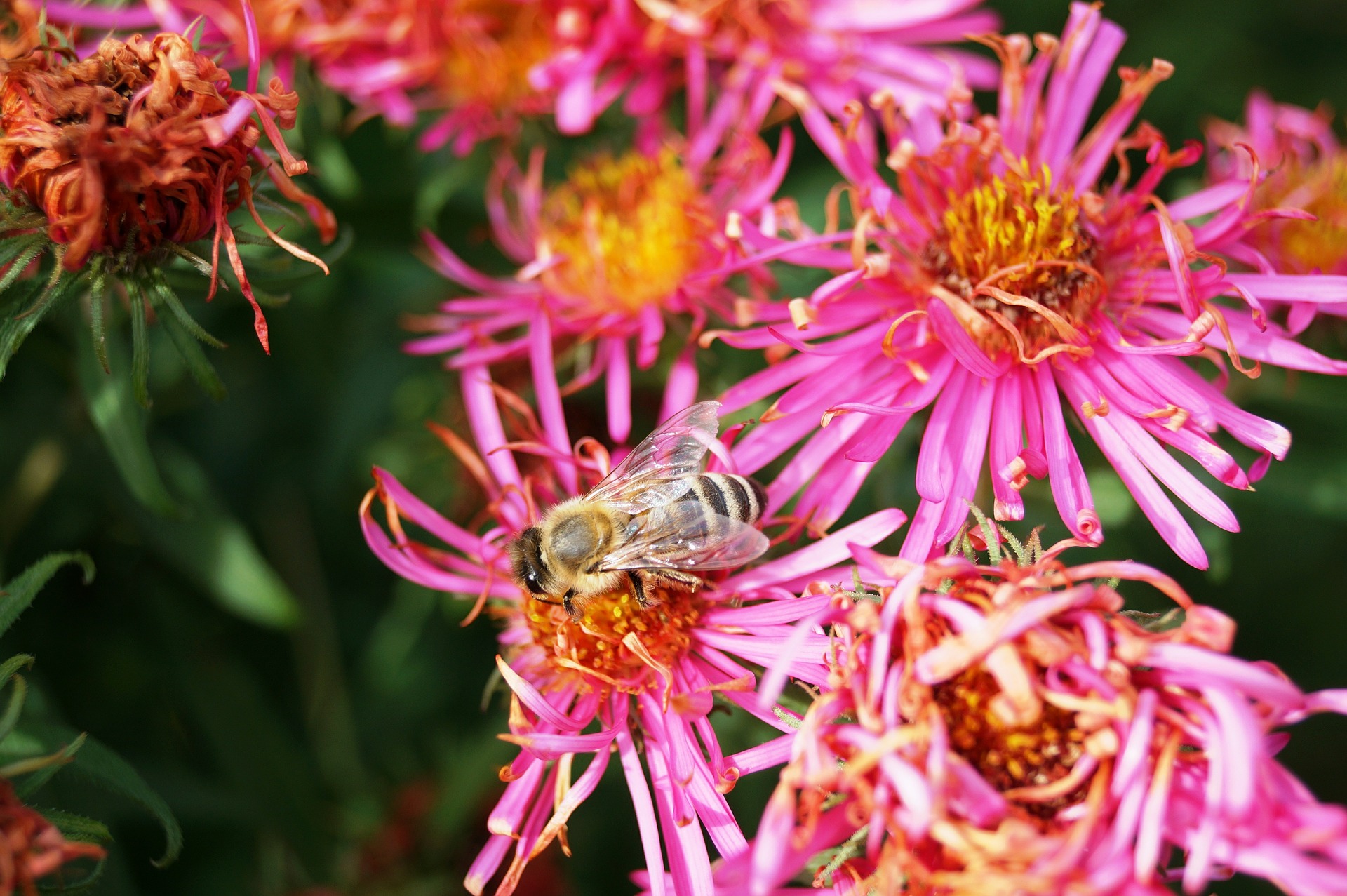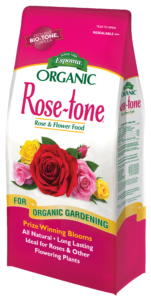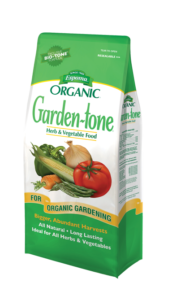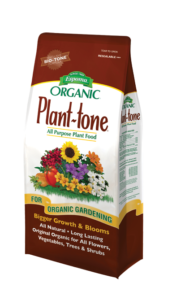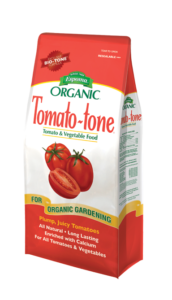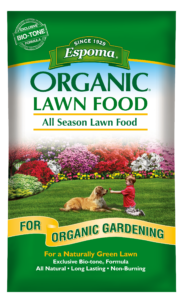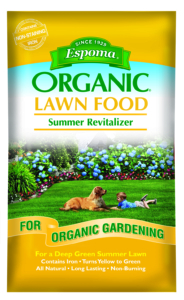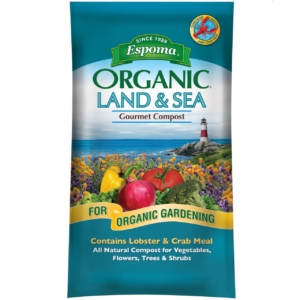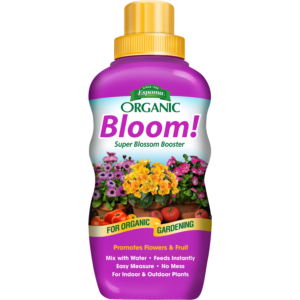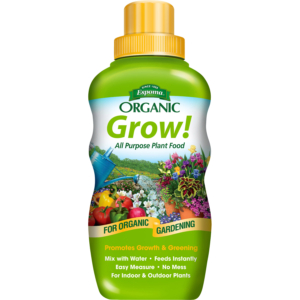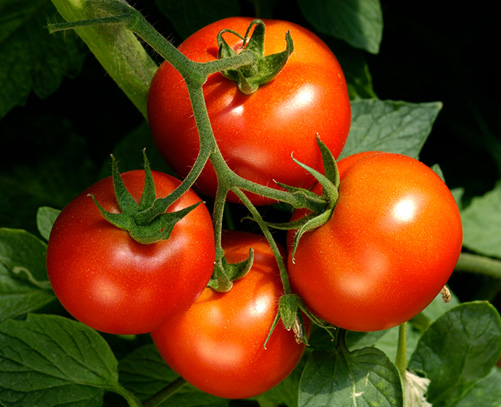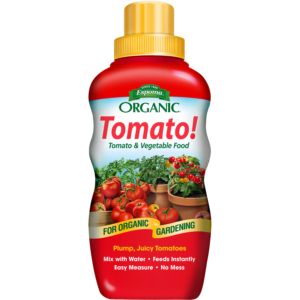How to start a kid-friendly vegetable garden
There’s a natural connection between children and the outdoors. And there’s nothing more special than caring for the Earth and enjoying Mother Nature in the family backyard. Toddlers, children and teens can explore a new hobby when they get outside and get growing.
This month, we’ve partnered with The Edible Schoolyard to encourage kids and families everywhere to grow their own food.
Here are our 5 tips to get kids growing.
5 Steps to creating a kids vegetable garden
1. Let them pick the plants.
“We’re growing broccoli and cabbage!” said no enthused child ever. Take a trip to your local grocery store or farmer’s market and let the kids pick out their favorite fruits and veggies. Research which ones will grow best in your yard and get ready to plant.
Choose to start seeds or purchase transplants for your new garden bed. Help kids understand what types of plants will thrive in your yard by asking them to pick out the sunniest and shadiest spots in the yard.
2. Prep Your Bed
Before planting, start at the beginning of the process by explaining the uses for different garden tools. Encourage kids to pick the spots for their new plants. Ask them to check the plant tags for information on spacing and sunlight and then determine the best spot. Be sure to bring a tape measure.
3. Plant
It’s a well-known fact that most children love digging holes. Once they’ve accomplished that task, it’s time to plant. Demonstrate how to gently remove plants from the container and loosen up the roots before planting.
4. Add nutrients and water
Just like people, plants need healthy nutrients to grow big and strong. Choose an organic fertilizer such Espoma’s Bio-tone Starter Plus to give plants the boost they need.
5. Create a schedule
Get kids involved in maintaining the garden by creating a monthly chart that includes days to water and feed. Chart when plants should be ready for harvest and create a countdown for your favorite plants.
Want to help? Be sure to Like our Facebook page and follow along!

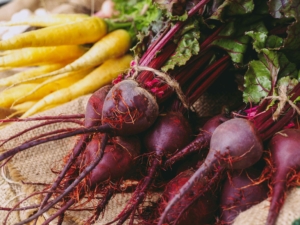
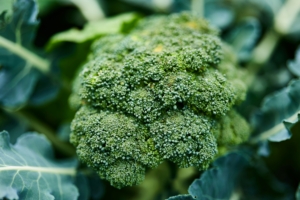
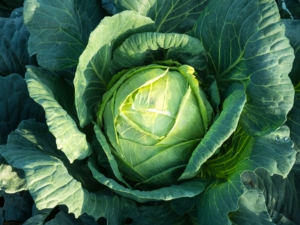
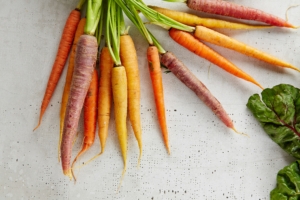
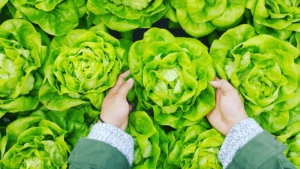
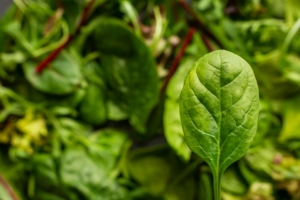
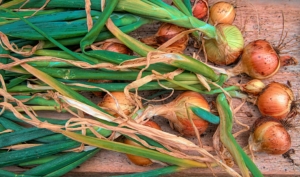
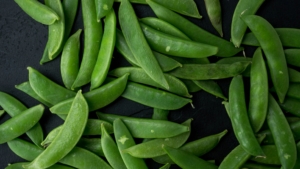

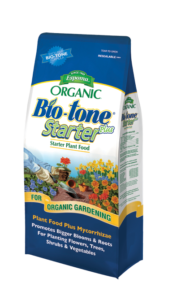
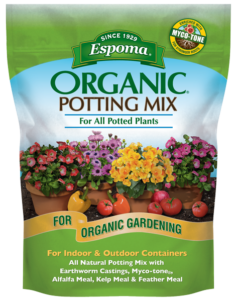
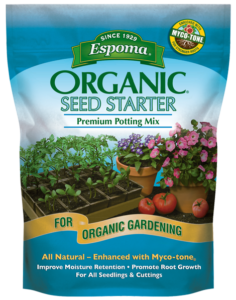
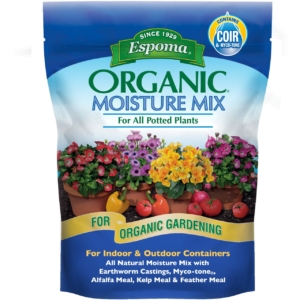
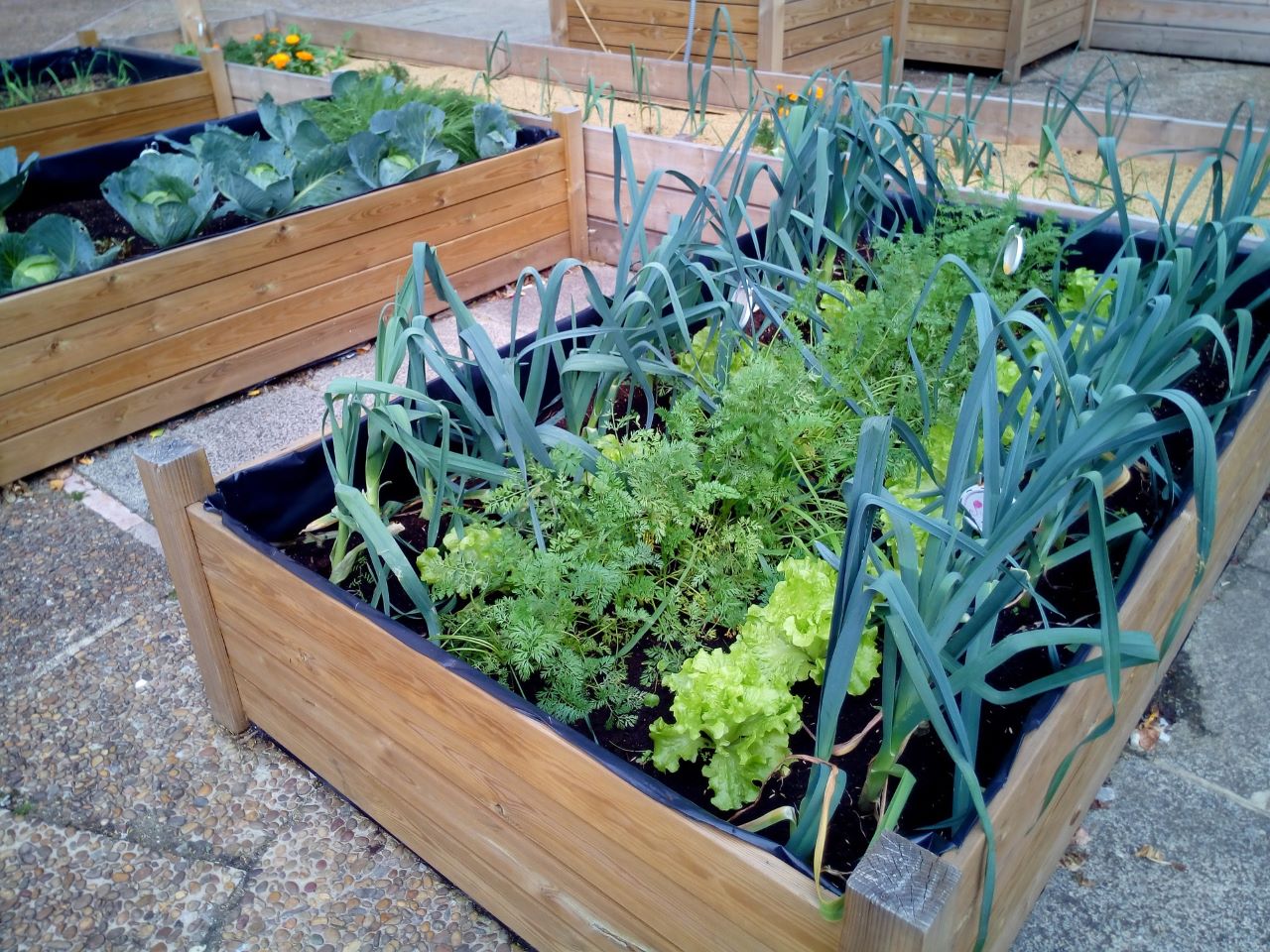
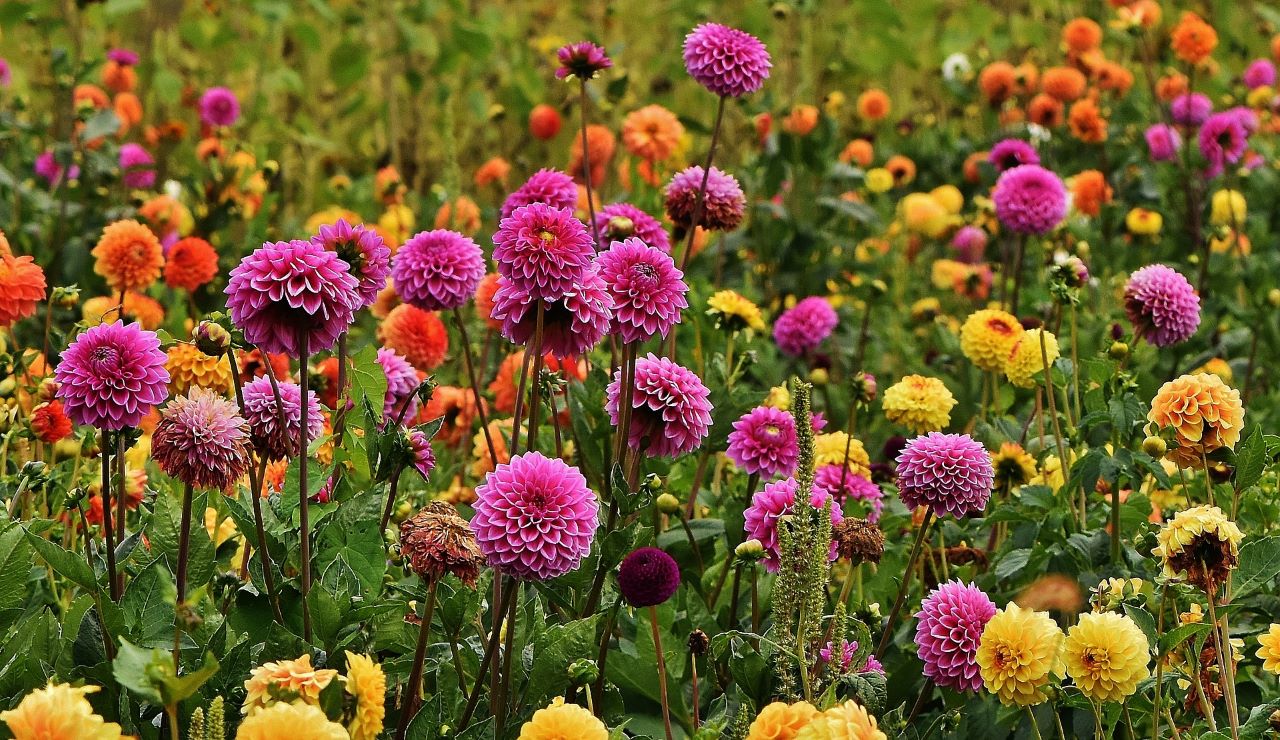
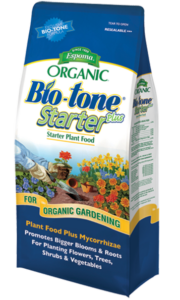
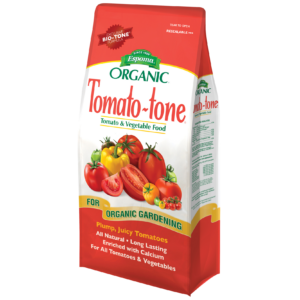
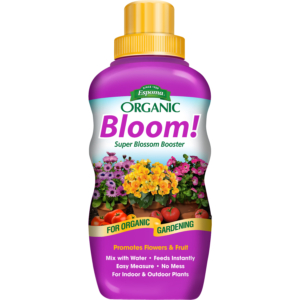
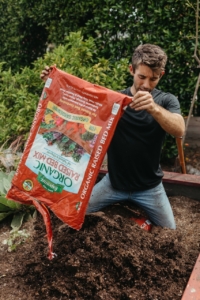
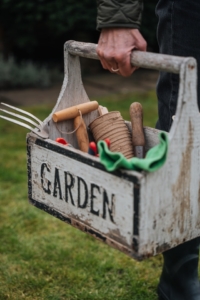
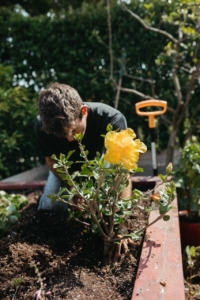




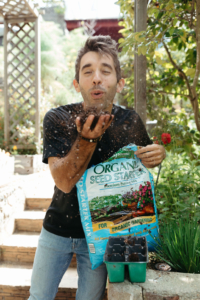
 Kids Course
Kids Course 